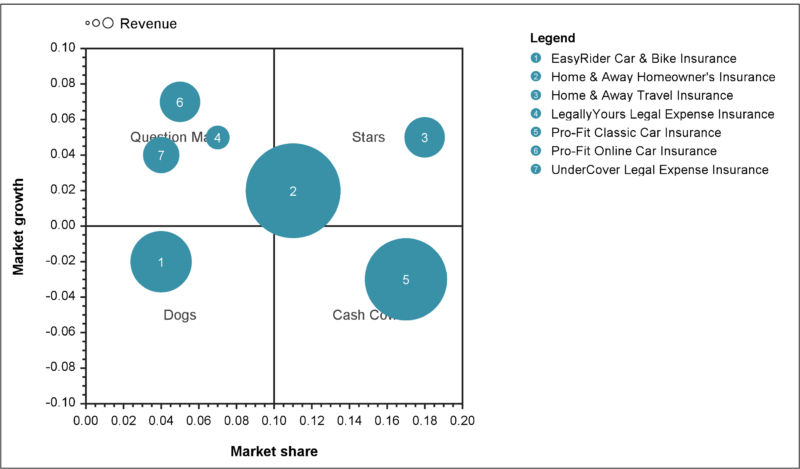In my previous blog post, I described how Enterprise Studio supports the Business Model Canvas, Ecosystem maps, Balanced Scorecards including SWOT, PESTEL and Five Forces analysis, and heatmaps to highlight salient information for your organization. Now, I want to focus on more advanced views and analyses that help you evaluate the viability of your strategy and business models and then take steps towards their implementation.
To assess the robustness of your business models against future uncertainties, the analyses mentioned before can be combined with a business model stress-testing approach. For example, you can base these scenarios on the dimensions of a PESTEL analysis, where you look at political, economic, sociocultural, technological, environmental and legal trends, developments and uncertainties. Classical scenario analysis then picks the two themes with the highest uncertainty and potential impact, giving you four quadrants, but you can do this for any number of dimensions. If your business model holds up under each of these possible outcomes, it is robust, but if it breaks down when one of these possible future scenarios materializes, you may run substantial risks.
In our scenario analysis view, you can plot the elements of your business model as expressed in the Business Model Canvas we featured before. These elements can then be analyzed along the themes and scenarios that you think may influence them and you can choose two extremes for each theme to assess. Using this model, you can see how the different elements of your business model would hold up against these opposite possible futures in terms of their effects on cost, risk and other relevant business impacts.
In the example below, we show the impact of the use of cognitive systems for customer interaction. The two extremes of this theme are shown: human interaction prevails vs. conversational agents become dominant. The impact on cost and risk for the various business model elements is then assessed. At the top of the figure, you see how these values are also aggregated across the entire business model.

Scenario analysis of business model
Of course, we cannot predict the future, but such a scenario analysis helps you reduce the risk of implementing a new business model. If you find out that some parts of it will easily break down in certain scenarios, for example because they are too costly to implement or do comply with government regulation, you may decide that this business model is too hazardous.
An important part of your business model and strategy is, of course, your set of value propositions. You can use Enterprise Studio’s portfolio management functionality to manage your product or service portfolio, creating a growth-share matrix (a.k.a. BCG matrix) like the example shown below. You see the revenue, market share and market growth of a number of insurance products, and their classification as ‘stars,’ ‘dogs,’ ‘cash cows’ and ‘question marks.’ This helps you identify opportunities for strategic investments, important products that need to be reinforced to protect their market share, low-performing products that could perhaps be phased out and so on.

Growth-share matrix
You could also combine this with scenario analyses to evaluate the impact of different future scenarios on your product portfolio.
Because all of this is based on an integrated set of models, you can easily navigate from a strategic analysis to the corresponding business models, and drill down into their business processes and resources. For example, you can look for potential synergies to improve operational efficiency, address the impact of new regulatory demands on your business operations, find new sources of revenue, analyze operational risks or address the quality of your customer experience.
I’ve written about Customer Journey Maps before, an increasingly popular technique to find ways to enhance the customer experience in order to drive market share growth. In another piece about Business Outcome Journey Maps, I discussed a similar technique – the use of these maps to express how relevant outcomes are realized via value streams and capabilities, in effect defining the operating model(s) of the organization. These can, of course, be linked to the assessments and goals mentioned above, and to the overall business model as expressed in the Business Model Canvas. This way, you have a full overview of the business model(s) and operating model(s) of your enterprise.

To help you decide which initiatives need to be funded and prioritized to act on the strategic direction you have set, you can relate all of the previously mentioned strategy descriptions to your portfolios of change programs and projects. The implementation of these initiatives in terms of new value streams, capability improvements, organizational changes, new or improved business processes and IT systems can of course be planned in more detail using our roadmap and lifecycle functionality. We will discuss this in future blog posts.
Do you want to know more about our support for strategy development and implementation?